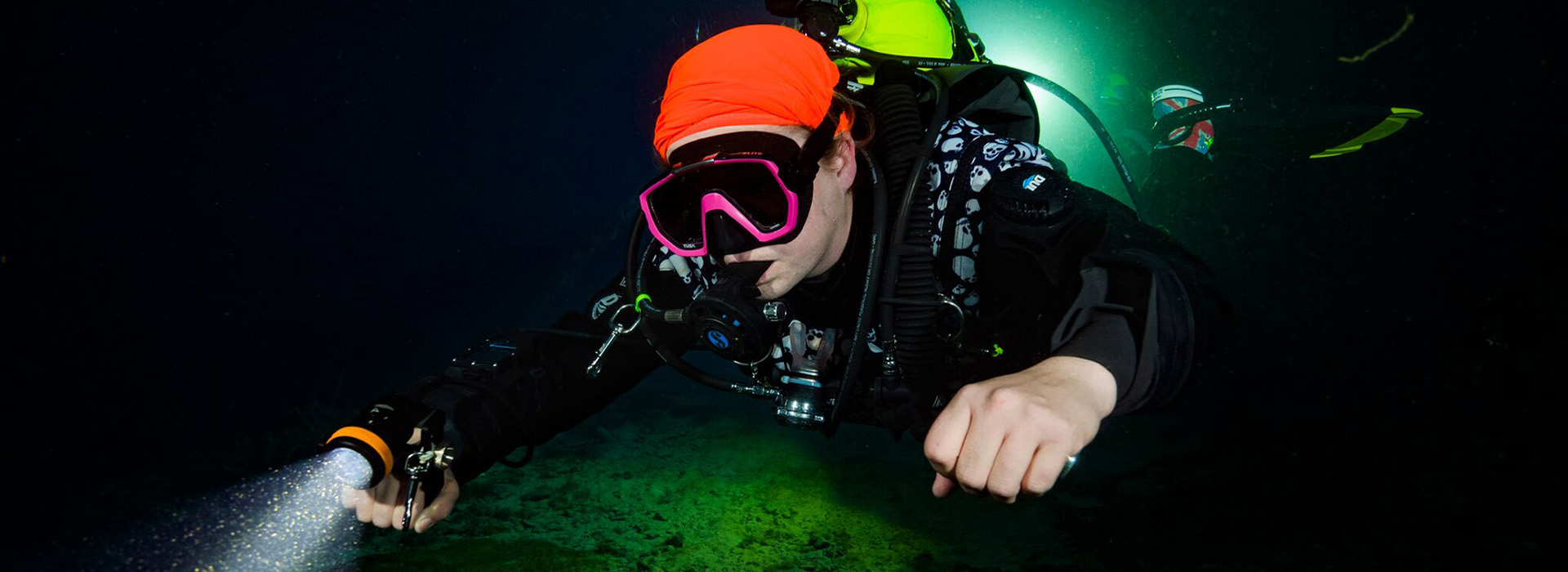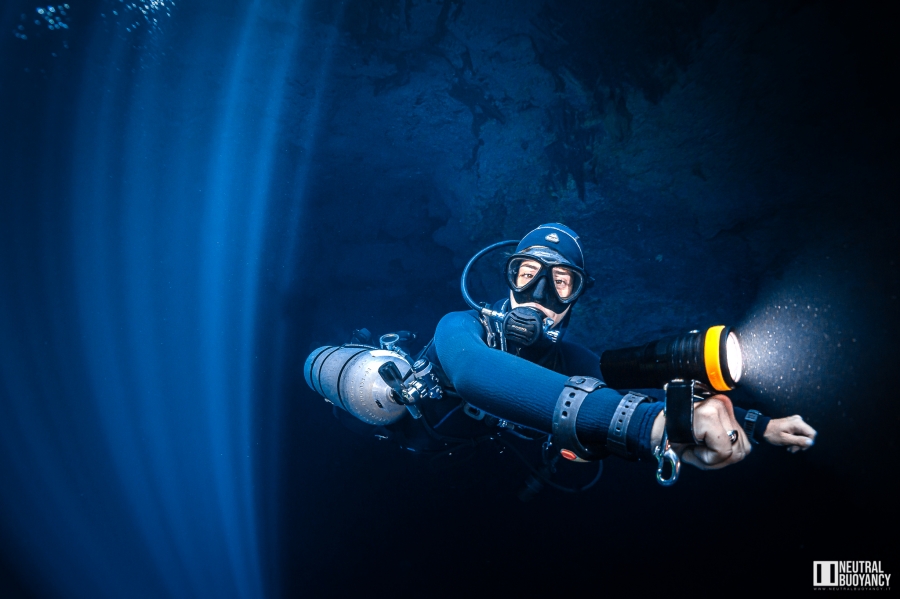How to Increase Your Dive Time by Lowering
Media Reports
The first tip, get your weighting right.
Nothing pushes up air consumption more than being overweight. If you are overweight, ten-to-one you will not be in a nice flat position. So you will be pushing through the water like this, which requires more effort, and thus more gas. Even if you can
get into a nice flat position when you are overweight, your BCD will be inflated. So you are still going to be pushing more mass through the water. When you are correctly weighted – that is, with the least amount, you can get away with – this reduced resistance will help your air consumption.
The second tip is about your actual dive equipment
If you have a big, bulky jacket-style BCD, or have lots of accessories dangling off you like a Christmas tree, then that is going to create more drag than if you have everything tucked away and are in a smaller, more-streamlined rig, such as a back-inflate BCD or a backplate-and-wing.
If you are diving in warm waters in a backplate-and-wing or a BCD with no pockets, and don’t want your DSMB and spool, torch, etc, hanging off your D-rings, get some tech shorts, and then you can store all those accessories in the pockets. This keeps you nice and streamlined. So that’s weighting, body position, and dive gear. Now the focus turns to you.
Ideally, you will be in decent fit to dive shape, with good cardio and stamina, but if you are carrying a few extra pounds from being in lockdown, or haven’t been keeping your fitness level up to the task, then get on your bike, go for a hike, dig out the rowing machine or whatever. Your air consumption is never going to improve if you are panting like a winded dog after simply fighting your way into your wetsuit.
The third tip, your actual body position in the water is vitally important.
If you are ‘in trim’, nice and flat, so are streamlined to push through the water, you will use less gas than if you are finning along like this. It is a case of moving around your weight positioning, how high or low your tank is on your BCD, and your actual body position to be able to quickly and effectively get into that nice flat dive position.
If you find your feet and legs are dropping down, try shifting your cylinder up a bit in your BCD tank bands (but not too high you hit your reg when you look up). If that isn’t enough, try moving some of your weights – trim pockets on the tank bands are handy for this. If you find your legs floating upwards, do
the opposite – move your tank down a bit, and if necessary, shift your weight as low as possible. It is all a balancing act.
Article source: https://www.youtube.com/watch?v=TSyPn4p0qxM

